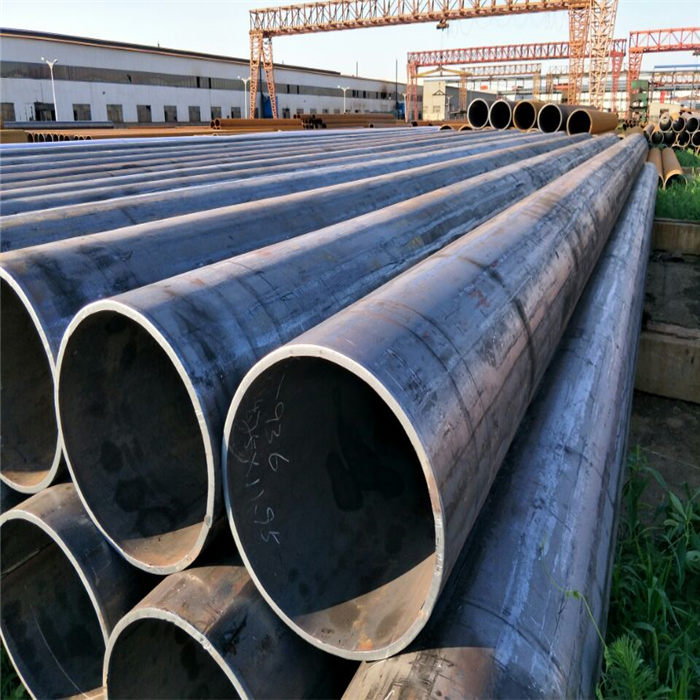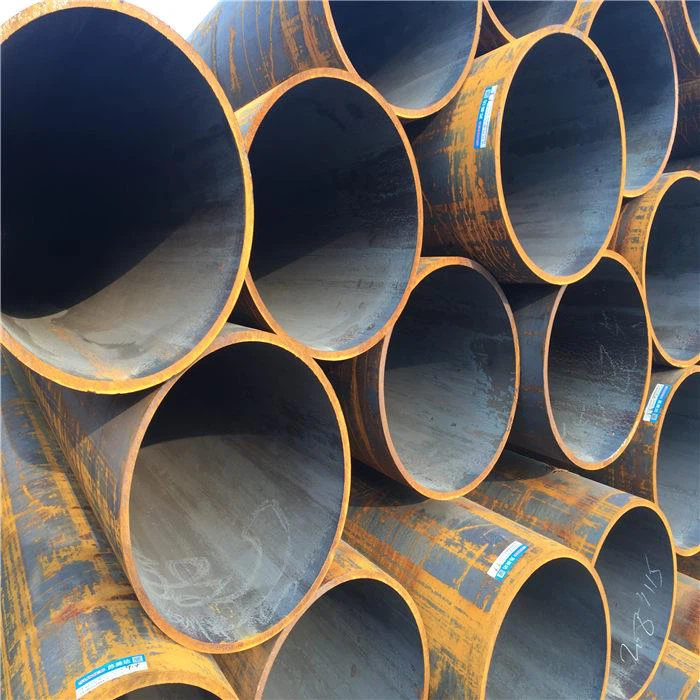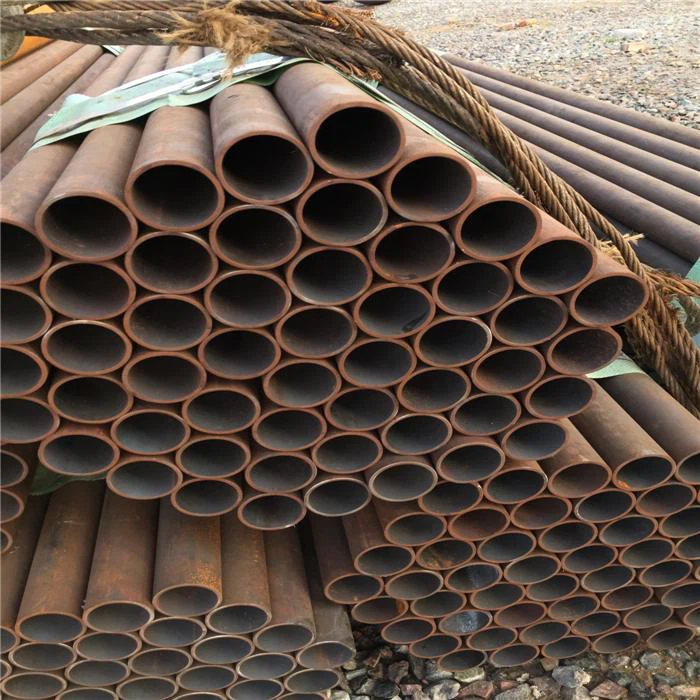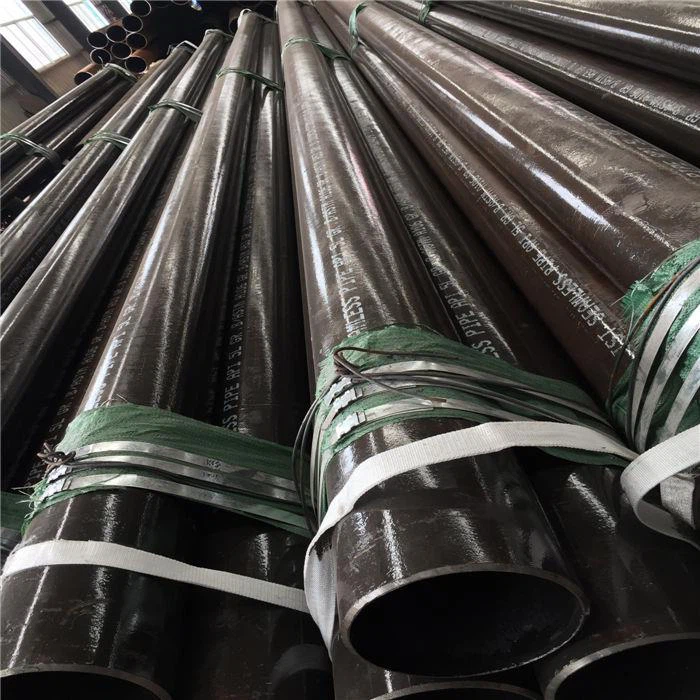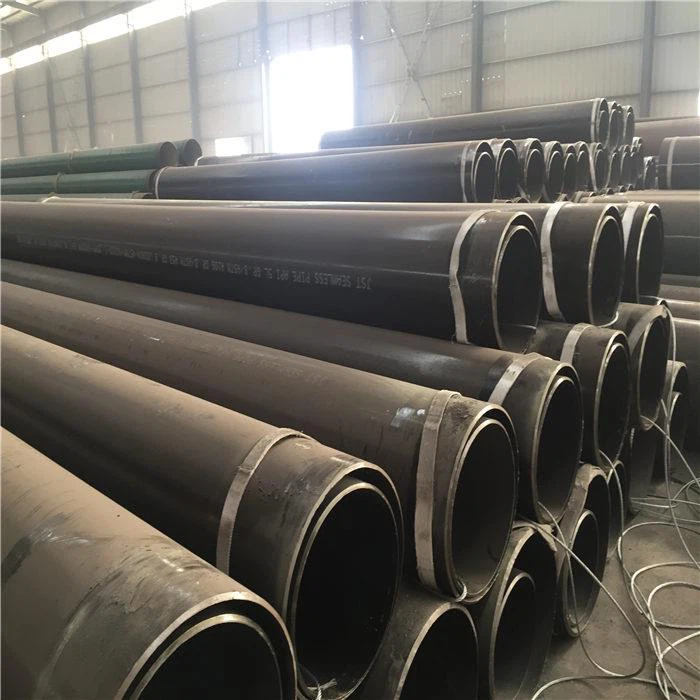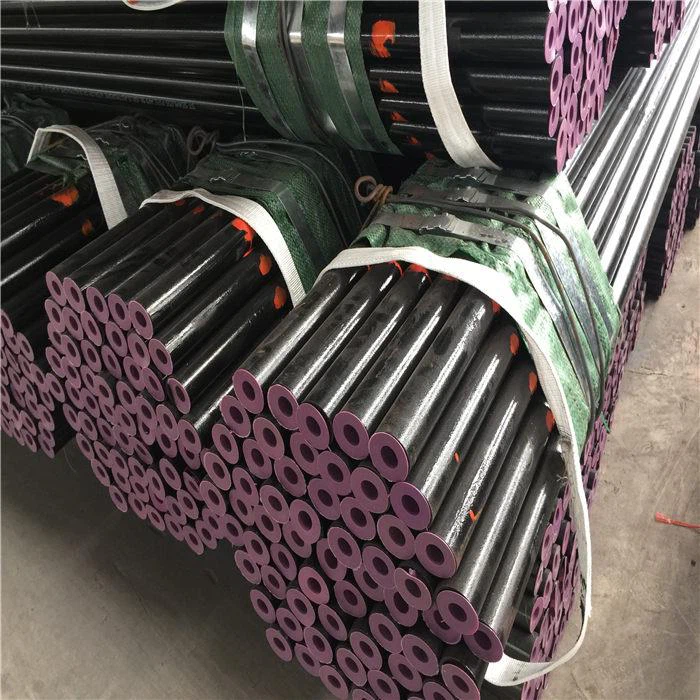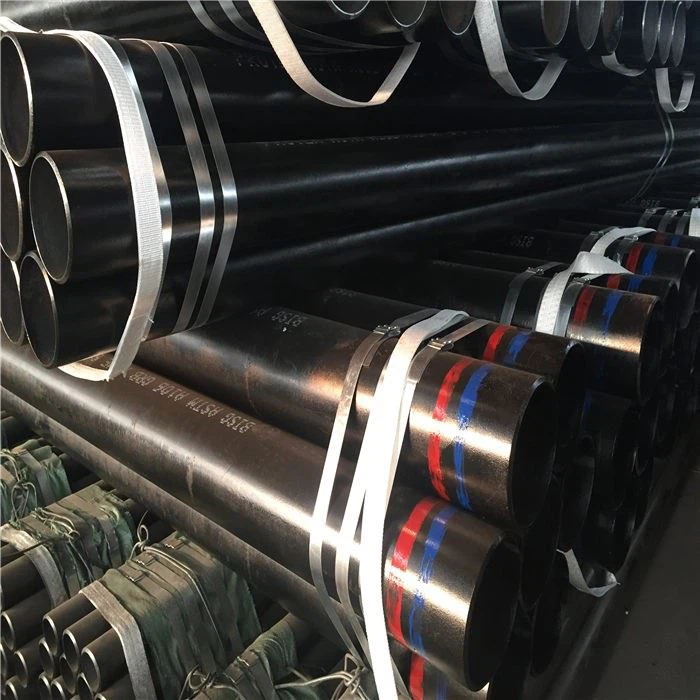The plan is to reduce carbon emissions by 85% by 2035
The U.S. Department of Energy (DOE) has awarded $19 million over four years to its Argonne National Laboratory to fund the construction of the ElectroSynthetic Steel Electrification Center.
The ElectroSynthetic Steel Electrification Center is one of the key projects under the U.S. Department of Energy's Energy Earthshots program, which aims to develop a low-cost electrodeposition process to replace traditional blast furnaces in steel production processes and reduce carbon dioxide emissions by 85 percent by 2035.
Brian Ingram, project director of the electrosynthetic steel Electrification Center, said that compared with the traditional blast furnace ironmaking process, the electrodeposition process studied by the electrosynthetic steel electrification Center does not require high temperature conditions, or even no heat input, the cost is relatively low, and is suitable for industrial scale production.
Electrodeposition refers to the process of electrochemical deposition of metals or alloys from aqueous, non-aqueous, or molten salts of their compounds. The above solution is similar to the liquid electrolyte in a battery.
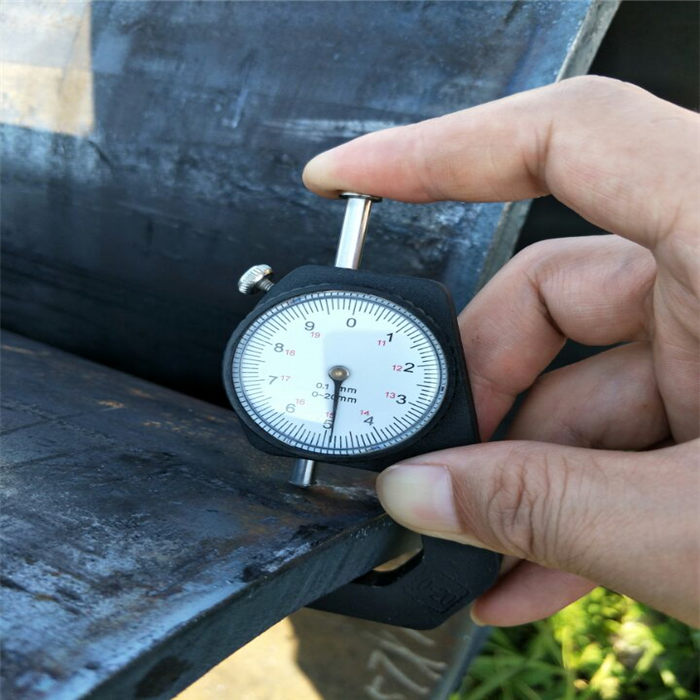
The project focuses on different electrodeposition processes: one process is operated at room temperature using water-based electrolytes; Another process is to operate with a salt-based electrolyte at temperatures below current blast furnace standards, and the heat required for this process can be provided by renewable energy sources or waste heat from nuclear reactors.
In addition, the project plans to precisely control the structure and composition of metal products so that they can be incorporated into existing downstream steelmaking processes.
